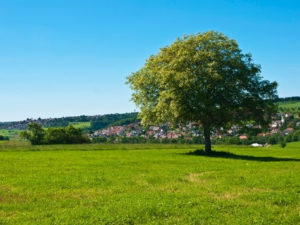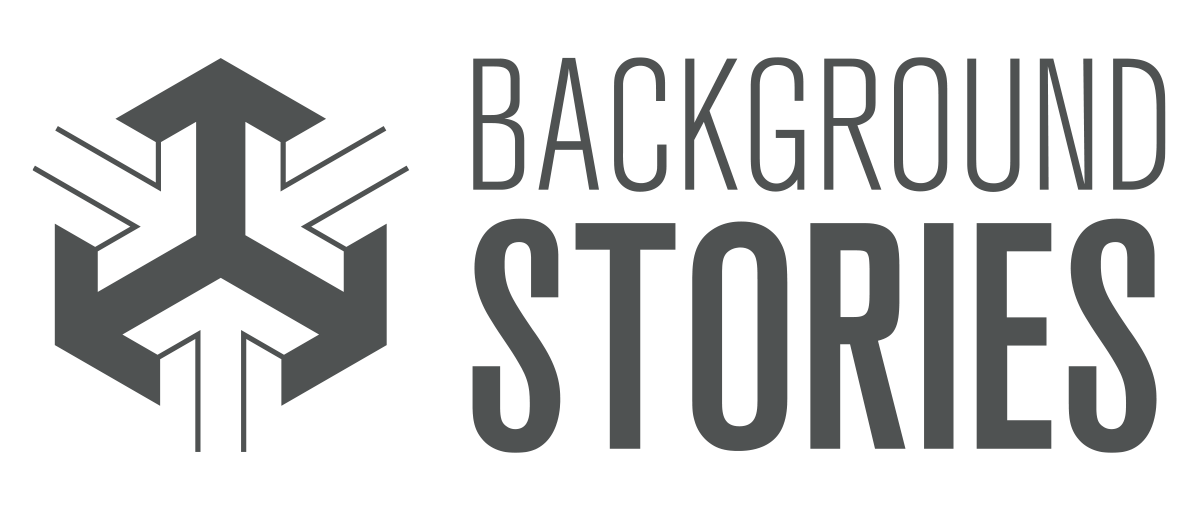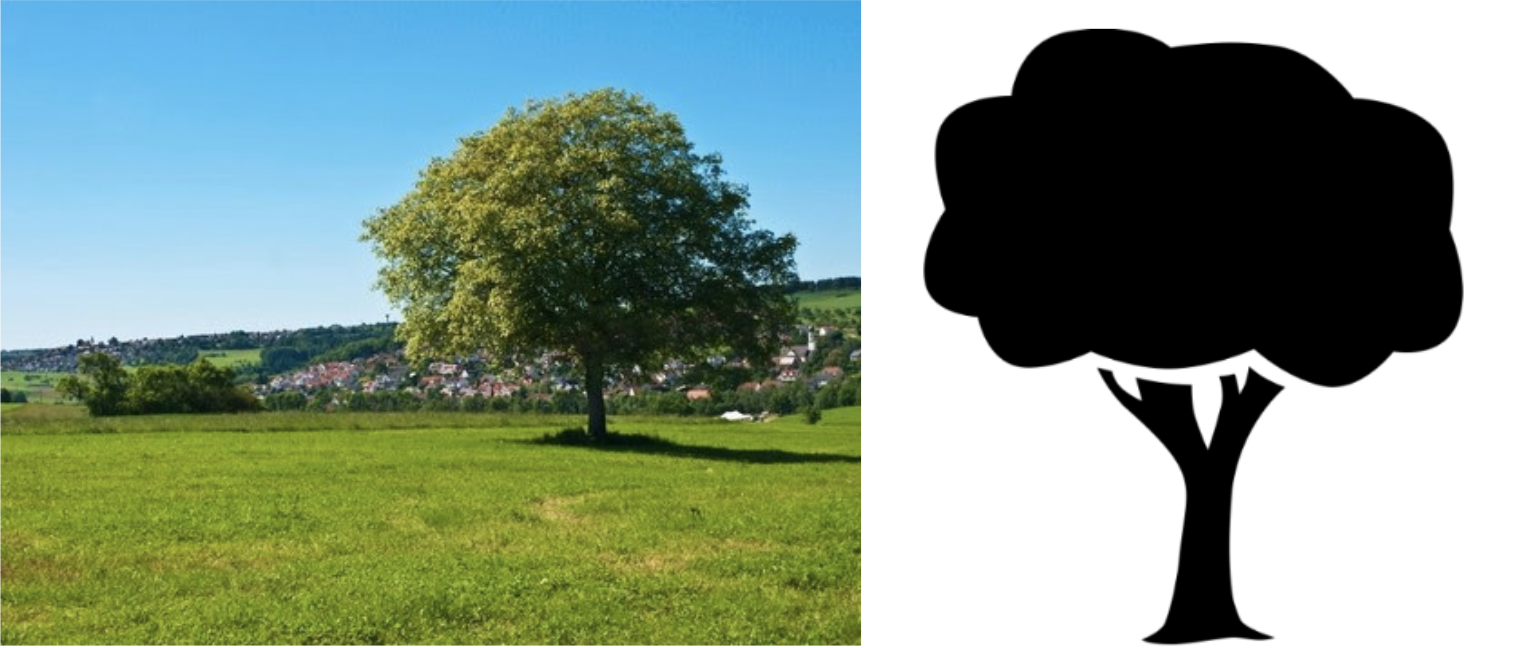When to use a photo vs. an icon
There are many style options available when it comes to communicating information visually. Photos excel at evoking emotion in individual scenarios, when the photograph literally represents what is being communicated.

![]()
Icon-focused infographics tend to group information on a more broad level: reflecting general patterns and information rather than specific, individual – and quite often emotional – experiences.
Consider this example: This tree photo points to a very specific situation and can evoke memories. Maybe it reminds you of one that you played under growing up. Alternatively, perhaps the species of tree on this rolling, green landscape looks nothing like where you live. That makes it harder to relate to.
An icon, on the other hand, is more versatile. The icon evokes the idea of ‘tree’ regardless of your own memories. It is perceived more generally as ‘tree’ rather than ‘deciduous tree’ or ‘kinda-like-our-climbing-tree’.
In short:
- Use a photo for specific circumstances, details, case studies and people
- Use an icon for general concepts, broad mapping, global systems and universal ideas.
Case studies are a great place to use photographs because they need to communicate details of a specific story. When the desire is to communicate a more global, standardized concept or structure, icons are generally a better choice. The 2 approaches can certainly be combined in a well-thought-out visual.

